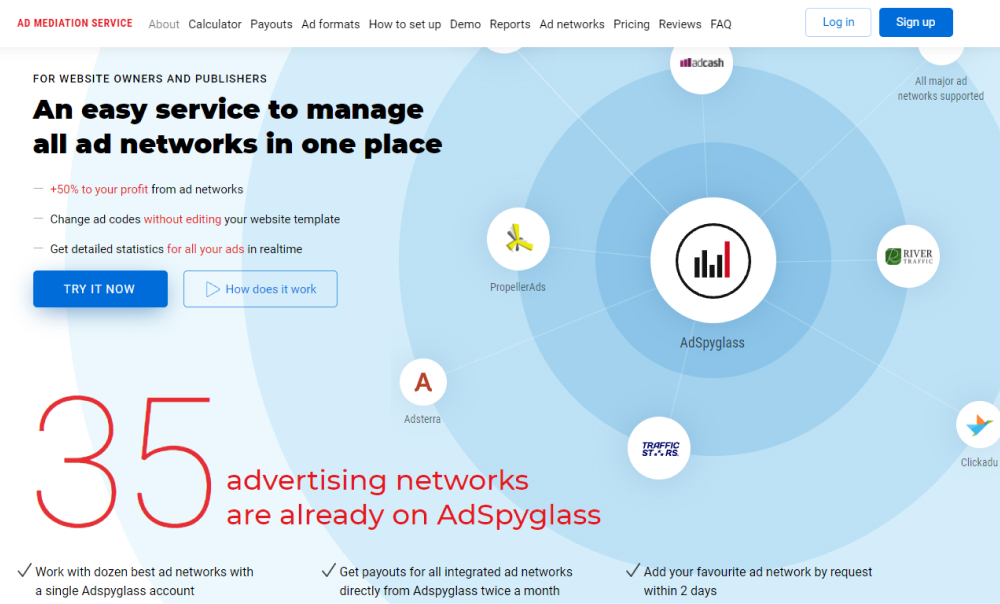“Last-click” is a marketing term that refers to the conversions for which the traffic channel has been the last one user interacted with before the conversion. In other words, that’s the click that has led to the conversion itself.
The last-click model allows you to identify the sources that directly led (prompted) the client to convert, and which marketing channels are the most effective in converting the one-time visitors into leads and sales. However, if the company is targeted at attracting new users, raising brand awareness and interest in its products or services, then it will be more effective to apply the first-click model – the one that is focused on the first sources at the beginning of the chain of interactions with the site.
Both first and last click models neglect all the other marketing channels and are focused either on the first or last touchpoint that played a key role in conversion, thus, doesn’t account for the other channels the customer interacted with. When counting only the last-click model, you can miss up to 70-75% of other conversions: people always need some time before making a purchase (convert), and using the last-click model completely ignores that. That is why it’s critical to understand the necessity of creating a combined attribution model and cover all the paths users complete to convert: the initial, intermediate, and final.
